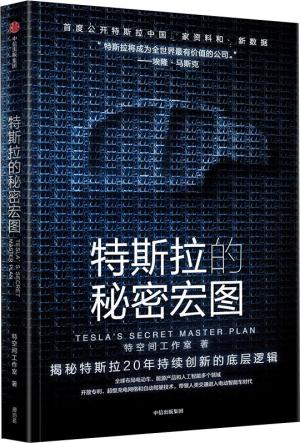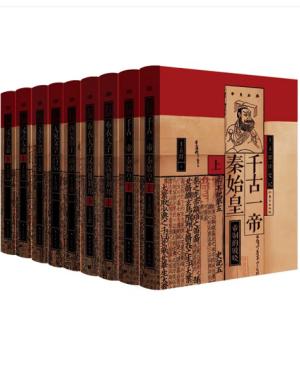
 |
登入帳戶
| 訂單查詢
| |
||
| 臺灣用戶 |
| 品種:超過100萬種各類書籍/音像和精品,正品正價,放心網購,悭钱省心 | 服務:香港/台灣/澳門/海外 | 送貨:速遞/郵局/服務站 |
|
新書上架:簡體書
繁體書
五月出版:大陸書
台灣書 |
|
|
||||
|
新書推薦:  《 心悦读丛书·5分钟疗愈手册 》 售價:HK$ 68.4  《 心悦读丛书·抑郁自救手册:打破强者诅咒 》 售價:HK$ 56.6  《 特斯拉的秘密宏图 》 售價:HK$ 93.2  《 你好,我是阿斯伯格女孩 》 售價:HK$ 69.6  《 汗青堂丛书134·香料之路:一部关于欲望、探险和帝国的历史 》 售價:HK$ 87.3  《 清代政区地理三探 》 售價:HK$ 115.6  《 配色手册 》 售價:HK$ 47.0  《 王立群读史记(套装9本) 》 售價:HK$ 553.4
|
|
| 書城介紹 | 合作申請 | 索要書目 | 新手入門 | 聯絡方式 | 幫助中心 | 找書說明 | 送貨方式 | 付款方式 | 香港用户 | 台灣用户 | 大陸用户 | 海外用户 |
| megBook.com.hk | |
| Copyright © 2013 - 2024 (香港)大書城有限公司 All Rights Reserved. | |